EOS Rebel T7 and T7i are two beginner-level DSLR cameras by Canon. While both cameras are available in the market, choosing one might be daunting. Both these models were released just one year apart. T7 was launched in 2017, while T7i was released in 2018. That is why the audience was not expecting a significant technological update in the newer model. After all, both have a Canon EF/EF-S Mount and 24 MP APS-C CMOS Sensor. But on a deeper level, both of these models have noteworthy differences.
In this article, we will analyze both of these cameras based on different aspects.
Keep reading to know who wins in this ultimate battle of T7 vs T7i.
1. Screen
T7 and T7i have significantly different screens. While the screen of T7 is fixed, T7i has a fully articulating screen that can be twisted and rotated to get a clear view. So unlike T7, with the new model, you will be able to adjust the angle of the screen. This enables T7i to take selfies, unlike T7. The young T7i also has a 0.2-inch bigger screen than T7’s 3-inch screen.
Another huge difference is that Canon has upgraded the traditional panel of the T7 by giving the T7i a touchscreen. With T7i, you won’t be required to push buttons and can use your intuitive touch. This gives the T7i an edge over the old models. It brings convenience to new-age photographers who are used to using touchscreen gadgets. Clearly, T7i is the winner in this section of the T7 vs the T7i battle.
3. Interface and Connectivity
Regarding the interface, Canon Rebel T7i allows the option to choose from the Standard version (found in T7) and the Guided version. The Guided version is crafted to assist beginner photographers by explaining the camera’s features in easy-to-understand and straightforward terms. It won’t be a problem for experts as the guided version can be disabled.
Although both the models have the provision to connect to Canon’s mobile app through WIFI and NFC, the T7i provides an additional option of Bluetooth. The option of Bluetooth connection can be extremely convenient in low-network areas.
4. Sensor and Processor
As mentioned before, both of these Canon models have APS-C 24 MP resolution sensors. Since they have the same sensors, they have the same resolution. This means both produce the same size of images and provide the same level of control.
What gives the new model a lead in the battle of competition of T7 vs the T7i, is that its sensors are paired up with the new Digic 7 image processor. On the other hand, T7 still uses the Digic 4+ processor. This has enhanced the speed and response time of T7i. The advanced noise-canceling algorithms have also improved their noise-handling ability.
5. Sensitivity (ISO)
The sensitivity range of T7 is ISO 100-6400, which is expandable to ISO 12,800. The modern processor in T7i has given it an improved sensitivity range from ISO 100- 25,600. This range can be expanded to ISO 25,600 in video mode. Thus, the sensitivity range of T7i is two stops more than its competitor.
Undoubtedly, T7i beats T7 in this property as it can perform better in dark and low-light conditions. Moreover, while T7 allows adjustments in whole stops, the sensitivity setting of T7i can be altered in 1/3EV steps.
6. AF Systems
The details of the Viewfinder AF system and Live View AF System are mentioned in the table below.
| Canon EOS Rebel T7 | Canon EOS Rebel T7i | |
| Viewfinder AF system | 9 points: 1 f/5.6 cross | 45 points: 45 f/5.6 cross-type AF points |
| Live View AF System | Contrast Detection | Phase Detection |
Viewfinder AF system
T7i has a major upgrade regarding the focusing system available while the viewfinder produces photos. With 45 cross-type AF points, it is way ahead of T7, which has just 9 AF points. This helps Rebel T7i to follow the subject and target it effectively in the frame. The highly sensitive cross-type points enable T7i to latch on to the subject precisely. This is missing in T7, as standard linear points are not as sensitive.
Live View AF system
The phase detection using Dual Pixel CMOS AF technology installed in T7i is much faster and more accurate than the contrast detection in Canon T7. This gives the photographer the power to manually choose a focus point and zoom by touching the screen in Live View or Video mode.
7. Quality
1. Image
The difference between the image quality won’t be noticeable to the naked eye as the resolution of both the cameras is the same. The minimal difference that may be there is because the sensors are different. The advanced processor and higher sensitivity of T7i make its quality better in darker conditions. That is why photographers who like to edit and process RAW images might want to prefer the T7i model.
2. Video
While both the models can record a Full HD 1080p video, the T7i does it slightly better than the T7. This is because the former has a maximum frame rate of 60, which is double the latter’s rate. However, both of these Canon cameras are not the best in terms of video quality, as many cameras are already providing 4K resolution.
3. Audio
Rebel T7i allows stereo recording, which is done by the camera’s internal microphone. It also has a connector for the separate high-end microphone. On the other hand, T7 neither allows stereo recording nor connecting to external microphones.
Conclusion
From all the points discussed above, the results of the T7 vs the T7i battle are clear. It is safe to conclude that Canon EOS Rebel T7i is a better choice. It is more convenient to use because of its touch screen. It provides better-quality images. It also has a longer battery life for only a marginally higher price. It has all-around features that make it worth the extra money that you might have to spend over the price of T7.
So, if you want to gift a camera to someone who has just started in his photography journey, T7i can be perfect. If you want to explore more options, you can look for other Canon cameras. The Canon 80D is said to be better than T7i. It has even more advanced features and delivers even better quality.
Comment if you want to know more about Canon 80D or any other options.

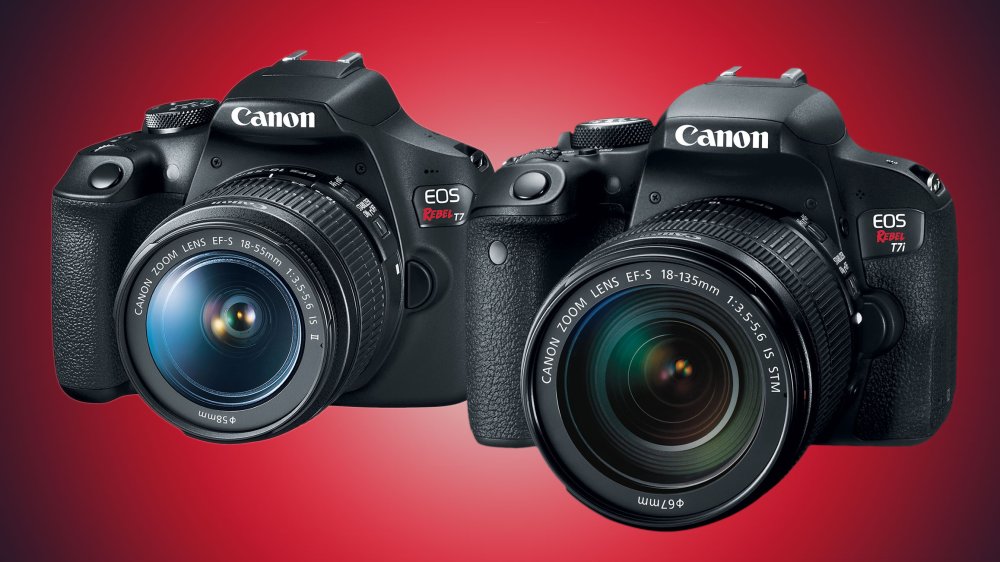

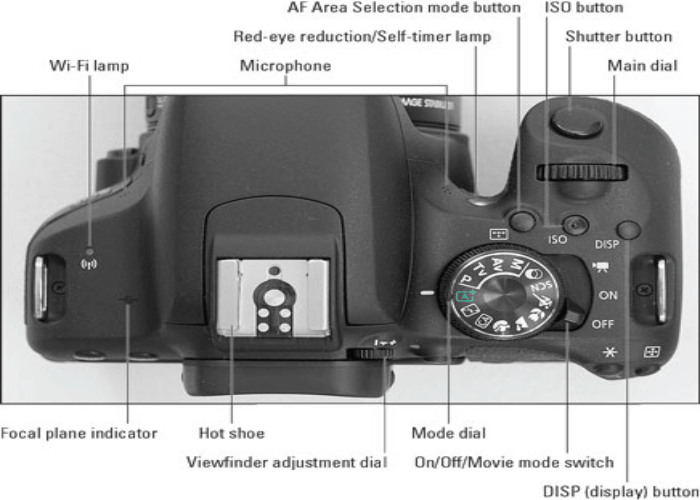

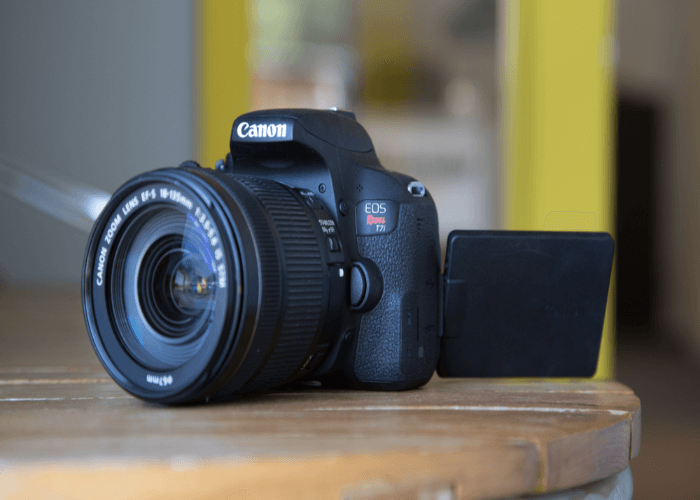
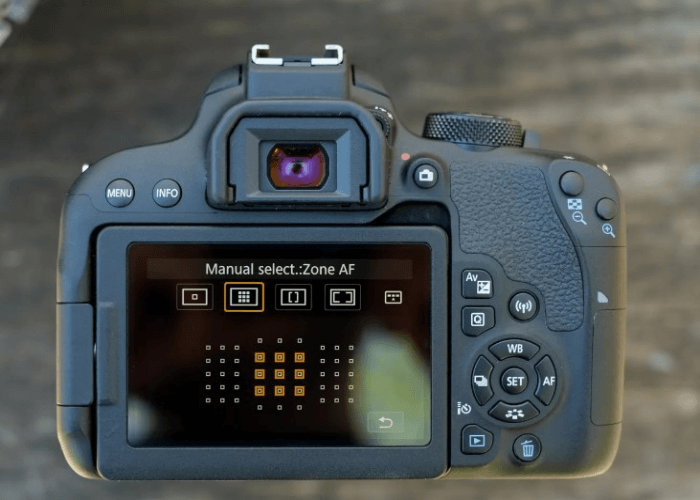


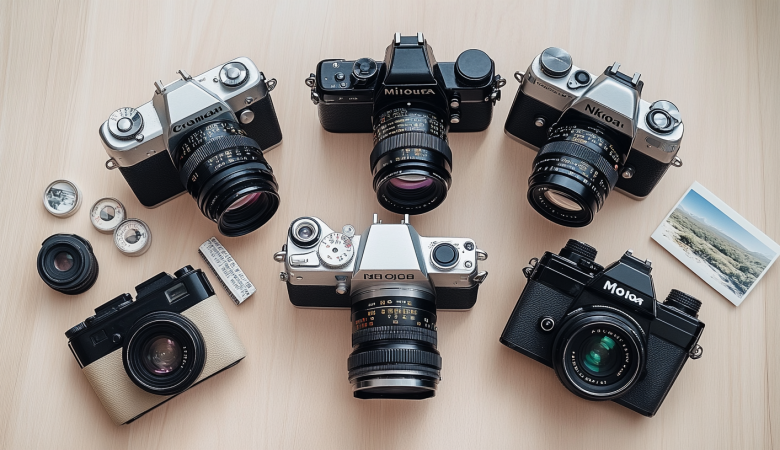
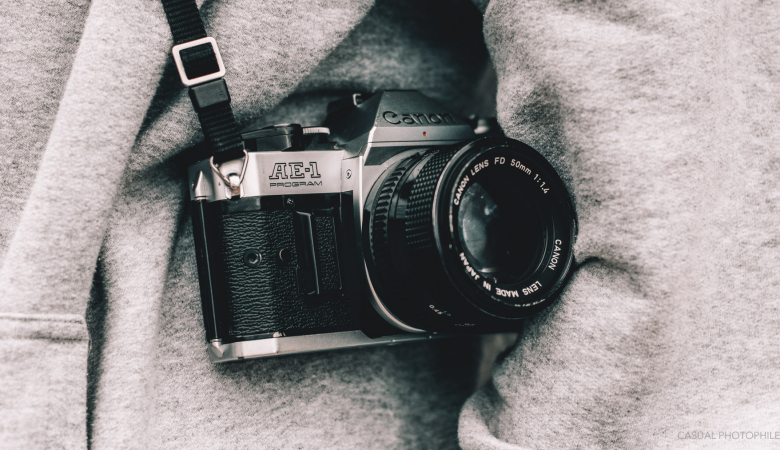
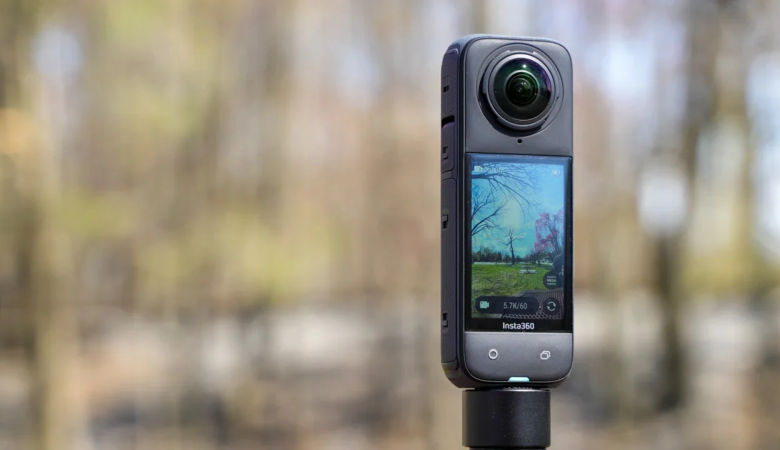
Leave a Reply